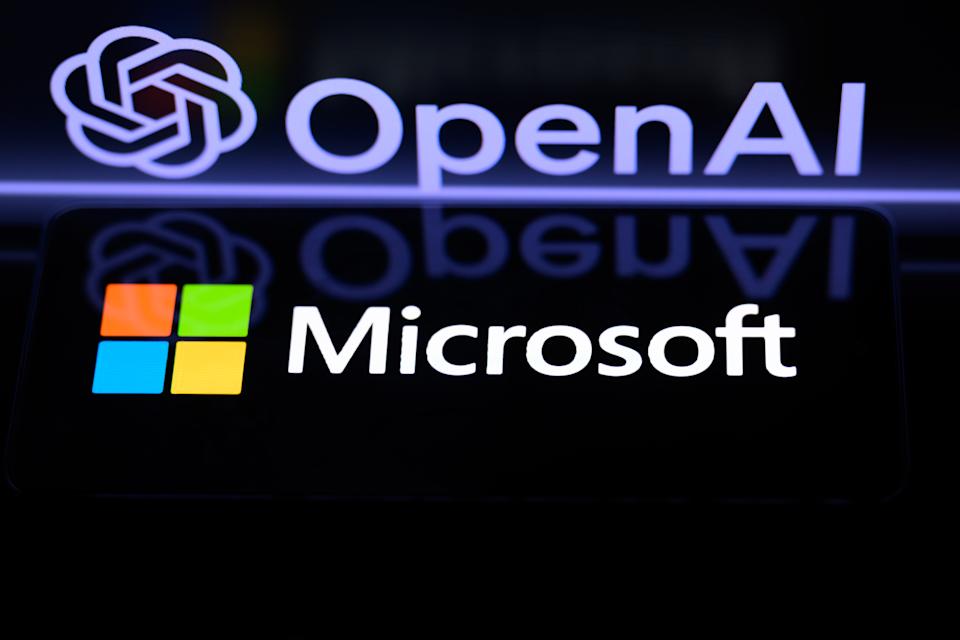What began as a powerful partnership is now showing signs of strain. OpenAI and Microsoft, once seen as AI’s most dominant duo, are reportedly facing growing internal tensions as the competitive landscape sharpens and strategic interests diverge.
At the heart of the tension lies a fundamental clash between OpenAI’s independent vision and Microsoft’s commercial imperatives.
A Partnership Built on Billions
Microsoft has invested over $13 billion into OpenAI, becoming its primary cloud provider, product distributor, and largest backer. This deep collaboration powers features across Microsoft’s ecosystem—from Copilot in Microsoft 365 to Azure OpenAI Service.
But as both companies expand their ambitions, cracks are beginning to form. Microsoft wants to rapidly productize and monetize AI across its massive user base. Meanwhile, OpenAI is moving at its own pace, focused on building artificial general intelligence (AGI) and pushing the boundaries of research with projects like GPT-5 and Sora.
Competing While Collaborating
The tension escalated when OpenAI began launching products that directly overlap with Microsoft’s offerings. The release of ChatGPT Team and Enterprise, plus the upcoming AI app store, places OpenAI in direct competition with Microsoft’s Copilot.
Internally, some Microsoft executives are reportedly frustrated with OpenAI’s product roadmap, fearing it could undercut Microsoft’s own services. OpenAI, on the other hand, has voiced concerns about Microsoft deploying its models too aggressively or in contexts that may compromise user experience or safety.
In many ways, this is a textbook case of platform vs. product: Microsoft provides the infrastructure and ecosystem, while OpenAI increasingly behaves like a standalone product company.
Leadership Strain and Strategic Differences
The situation grew more complex after the boardroom crisis at OpenAI in late 2023, when CEO Sam Altman was briefly ousted before returning. Microsoft, caught off guard despite its major investment, responded by hiring key OpenAI staff and launching its own AI research division under the name “Microsoft AI.”
Now, both companies are navigating a delicate dance—still deeply interdependent, yet increasingly competitive. The partnership remains functional, but trust and alignment have taken a hit.
What’s at Stake
Despite the tension, neither party is likely to walk away—at least not yet. Microsoft still relies heavily on OpenAI’s models to power its AI strategy. And OpenAI needs Azure’s infrastructure to scale safely and reliably.
However, the long-term picture may involve more divergence. Microsoft could double down on building its own models, while OpenAI continues to grow its direct user base and platform reach.
Final Thought
The AI revolution is evolving rapidly—and so are the alliances that support it. While OpenAI and Microsoft were once seen as perfectly aligned, the reality is now more complex. With big ambitions and billions at stake, the partnership’s next chapter could be marked by cautious collaboration, quiet rivalry, or a complete strategic reset.


